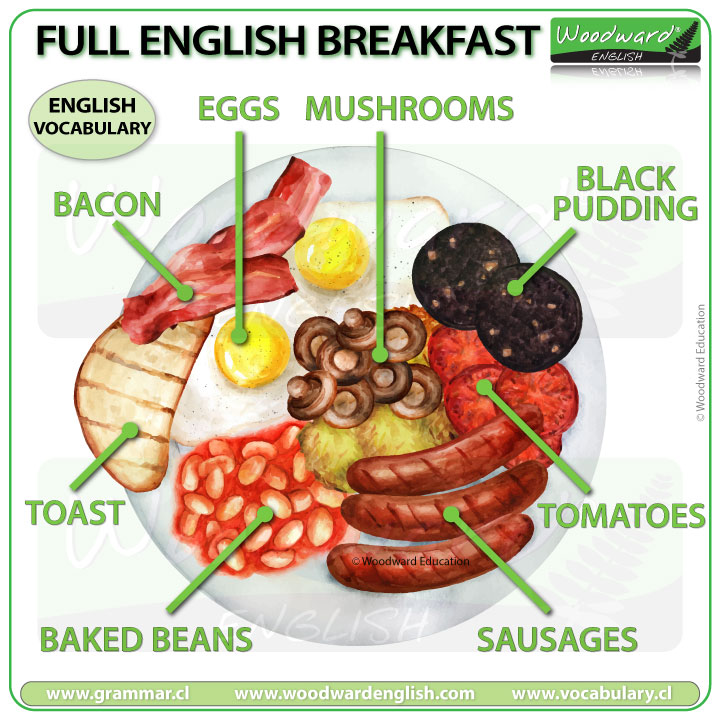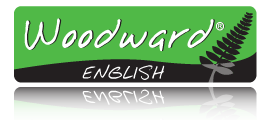What is a full English breakfast?
A full English breakfast is a traditional morning meal in England served hot.
Traditionally it contains:
- bacon
- baked beans (These are a type of small white beans in a type of tomato sauce. They are typically bought pre-made in cans)
- black pudding (a type of sausage made with pork blood, pork fat and a cereal like oatmeal)
- eggs (fried, scrambled or poached – you are often asked how you would like your eggs. Sunny side up is the most common type)
- mushrooms
- sausages
- toast (or sometimes fried bread)
- tomatoes (these are fried or grilled)
A full English breakfast can include variations of the food mentioned above and may also contain additional items including:
- potatoes (usually fried in some way)
- hash browns (patties of finely chopped potatoes that have been fried until golden brown)
Even though a Full English Breakfast is commonly eaten at breakfast time, many restaurants or cafés offer this as an all-day breakfast.
NOTE: This Full Breakfast is not eaten every day by people in England. It is more common to have on the weekend or during a holiday. It is ideal when on vacation as it fills you up for most of the day so you can spend more time visiting places than looking for the next thing to eat.
Sometimes a full English breakfast is called a fry-up.
Regional Versions of the Full Breakfast
Did you know there are regional variations of the full English breakfast?
You will also find a Full Scottish breakfast, a full Irish breakfast and a full Welsh breakfast.
In New Zealand, we have something similar called the Big Breakfast. It usually has everything except the black pudding (blood sausages) and are likely to include hash browns. Of course, the NZ Big Breakfast varies from café to café.
Have you ever had a full English breakfast?
Full English Breakfast Summary Chart

